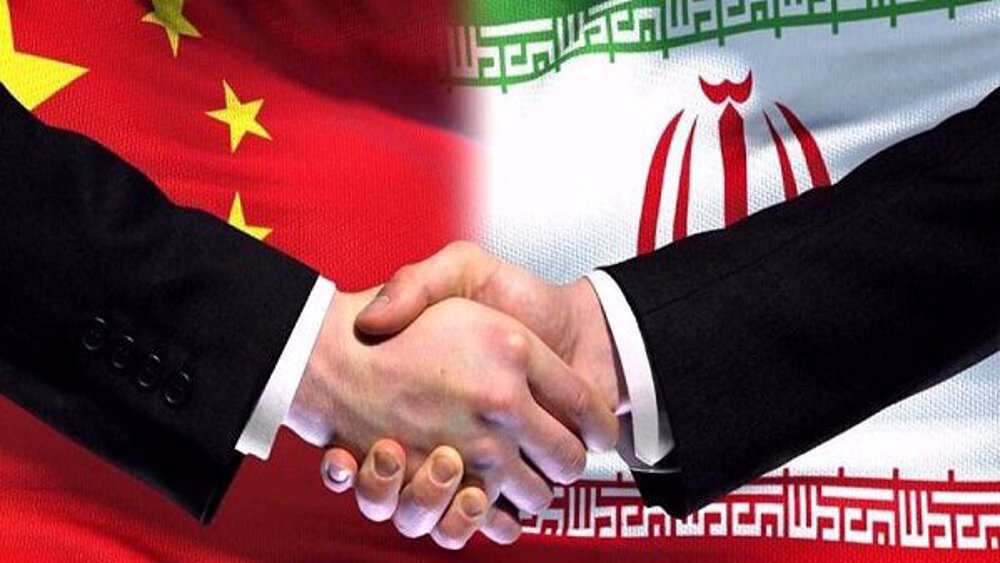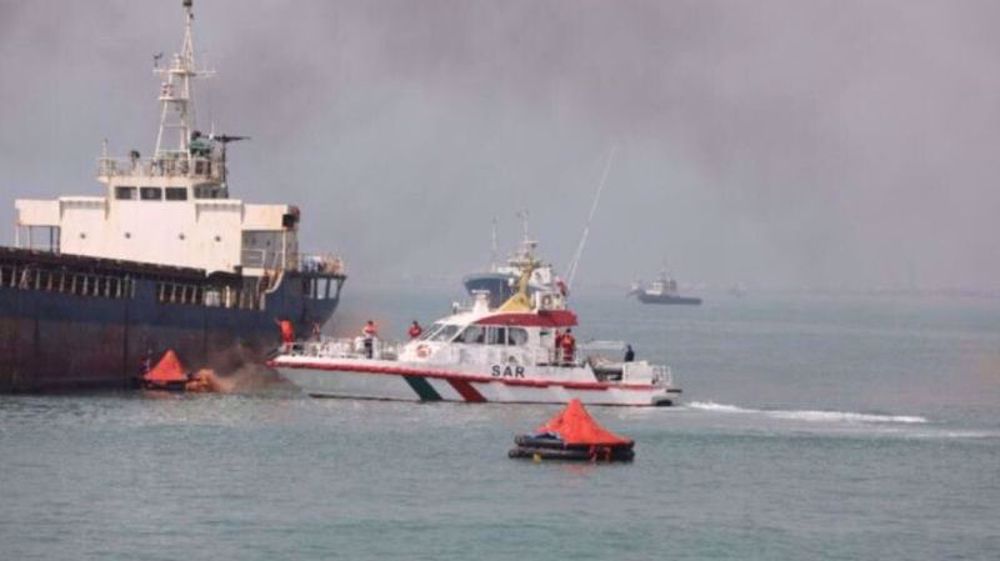Race tightens for Iran’s auto market
German automakers are pondering a return to Iran as a large trade delegation led by Economy Minister Sigmar Gabriel lands in Tehran on Sunday.
Volkswagen and Daimler are reportedly in pole position to race back into the emerging market with a pent-up demand for quality cars after years of sanctions.
Volkswagen’s last venture in Iran involved its production of the Gol compact with Iran’s Kerman Khodro before withdrawing under US pressures.
Daimler did the same in 2011 with its joint venture with Iran Khodro for the sale and customer services of Mercedes Benz cars in Iran and the company's 30% stake in Khodro Diesel for production of commercial vehicles.
Executives of both companies will accompany Gabriel in the three-day visit along with representatives of Siemens, Linde, BASF and GIZ in the 60-strong delegation.
VW is reportedly in "early deliberations" to introduce its budget Skoda and Seat marques to Iran. Meanwhile, BMW has said it was monitoring the situation and planned to enter the Iranian market in the “longer term”.
German officials foresee bilateral trade, which totaled 2.7 billion euros ($3 billion) in 2014, expanding to 6 or 7 billion euros in 2016.
Iran is the Middle East's biggest car producer but the country’s automotive industry needs modernizing after years of sanctions.

Iranian officials, however, have called for stricter terms for new tie-ups so that foreign automakers do not easily withdraw under the slightest pressure as they did in 2012. They are also calling for technology transfer to become a central term of any new contract.
Sanctions on Iran hit the automotive industry hard, slicing production by 1 million units from its peak of 1.6 million in 2011 and leading to 100,000 job redundancies.
The biggest culprits in the sanctions, however, were not the Germans but the French, with Peugeot and Renault leaving a gashing wound in Iran’s side.
Iran was Peugeot’s second biggest market by volume. The French carmaker’s departure after 23 years of partnership is estimated to have cost Iran Khodro around 800 million euros at minimum.
The company has said it is already in the “most advanced” talks with Iran Khodro, the country’s largest automaker, for production of new models for domestic sales as well as exports.
Renault is also deliberating successors to its Logan brand, locally called Tondar, after ditching its economy-class Megan altogether.
The French companies supply CKD kits, which are assembled by Iran Khodro. The Iranian company has already started sourcing parts for the Peugeot 405 sedan and 206 subcompact from intermediaries.
European carmakers, however, are facing a challenge from Chinese firms such as Chery and Lifan which moved in to fill the void after the sanctions were imposed on Iran.

They have built a relatively strong foothold with their budget models and seen business growing, though with a reputation for poor quality.
Now with the race tightening, time will tell whether higher-quality brands would win over cut-price Chinese marques.
UN rights chief ‘horrified’ by mass grave reports at Gaza hospitals
Hezbollah says launched ‘deepest attack’ on Israel since onset of Gaza war
Israel intensifies strikes across Gaza on day 200 of genocidal war
China says US still interfering in its affairs despite efforts to stabilize relations
Russia says will intensify strikes on Western weapons storage in Ukraine
‘200 days of livestreamed genocide’: Netizens react as Gaza war marks 200 days
Confirmed: Iran’s star striker Mehdi Taremi joining Italian champions Inter Milan
Google fires more employees over anti-Israel protests










 This makes it easy to access the Press TV website
This makes it easy to access the Press TV website